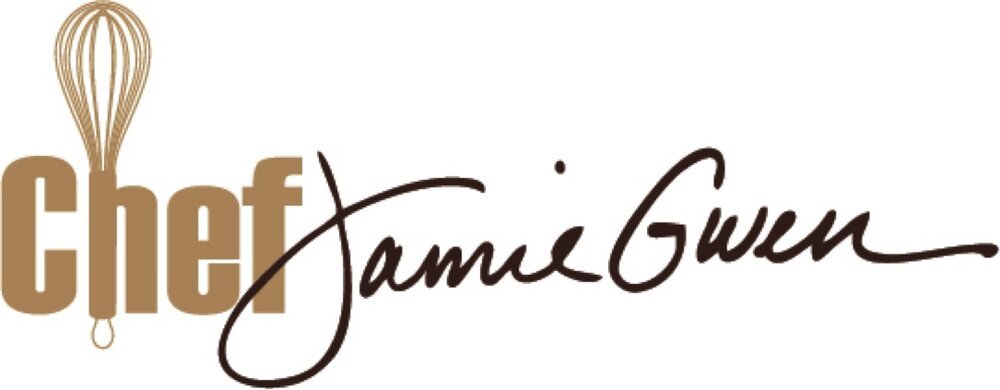ALL ABOUT BUTTER

ALL ABOUT BUTTER
Ingredients
WANT TO MAKE YOUR OWN BUTTER? HERE’S HOW AND WHAT YOU’LL NEED:
- 1 pint heavy whipping cream
- Ice water
- Salt to taste (or fresh herbs, smoked salt or other flavorings)
Instructions
- Pour the heavy whipping cream into your electric mixer. Turn on low speed, then raise to medium speed. First, the cream will turn into whipped cream with soft, then stiff peaks. Keep going until the cream breaks. This usually takes anywhere from 5 to 10 minutes. In this process, you are separating the butterfat from the liquid.
- Once the butter has solidified, pour off the buttermilk and save it for baking. Scoop the butter into a bowl and cover with very cold water. Pour into a strainer, discarding the liquid. Continue rinsing the butter with very cold water until the water runs clear. When the butter rinses clean, work the butter with a wooden spoon or rubber spatula to press out any remaining liquid. Discard this liquid (it makes the butter sour). I f desired, add salt and/or flavorings.
- And there you have it; old fashioned butter! Spread on toast, corn on the cob, a baked potato, or…
TYPES OF BUTTER
- The natural flavor of butter is irreplaceable! Whether you’re baking a cake or sautéing vegetables, there’s a type of butter to enhance every food.
SALTED BUTTER
- Salted butter is the most common style of butter found in supermarkets. It has, at most, 2% salt added after the buttermilk has been drained off.
UNSALTED BUTTER
- Unsalted butter contains no added salt. Reduced and low salt butters have about half the salt you'd expect in regular salted butter.
EUROPEAN BUTTER
- With a deep yellow color, this dense butter is made more slowly than other store-bought butters so the cream has time to develop in flavor. The main difference between these European-style butters and all of the rest is the fat content: they have a 83-86% fat content while other hover right around 81%. Because it has less water it'll remain solid for a longer period of time in the oven, resulting in many more layers of deliciousness, when it comes to baked goods. Try European style butter and you'll notice the difference in your pie crust right away: Guaranteed.
CULTURED BUTTER
- Cultured butter is also known as Danish-style butter. It has a culture added to the cream before it is churned and is kept at a controlled temperature (usually overnight) while a slightly acidic flavor develops. Then, according to European tradition, no salt is added after draining the buttermilk.
CLARIFIED BUTTER/GHEE
- Clarified butter/ghee is almost pure milk fat (at least 99.7%) and used mainly in cooking. This is because it will reach much higher temperatures before it begins to smoke or brown and there's almost no moisture to cause spattering.
